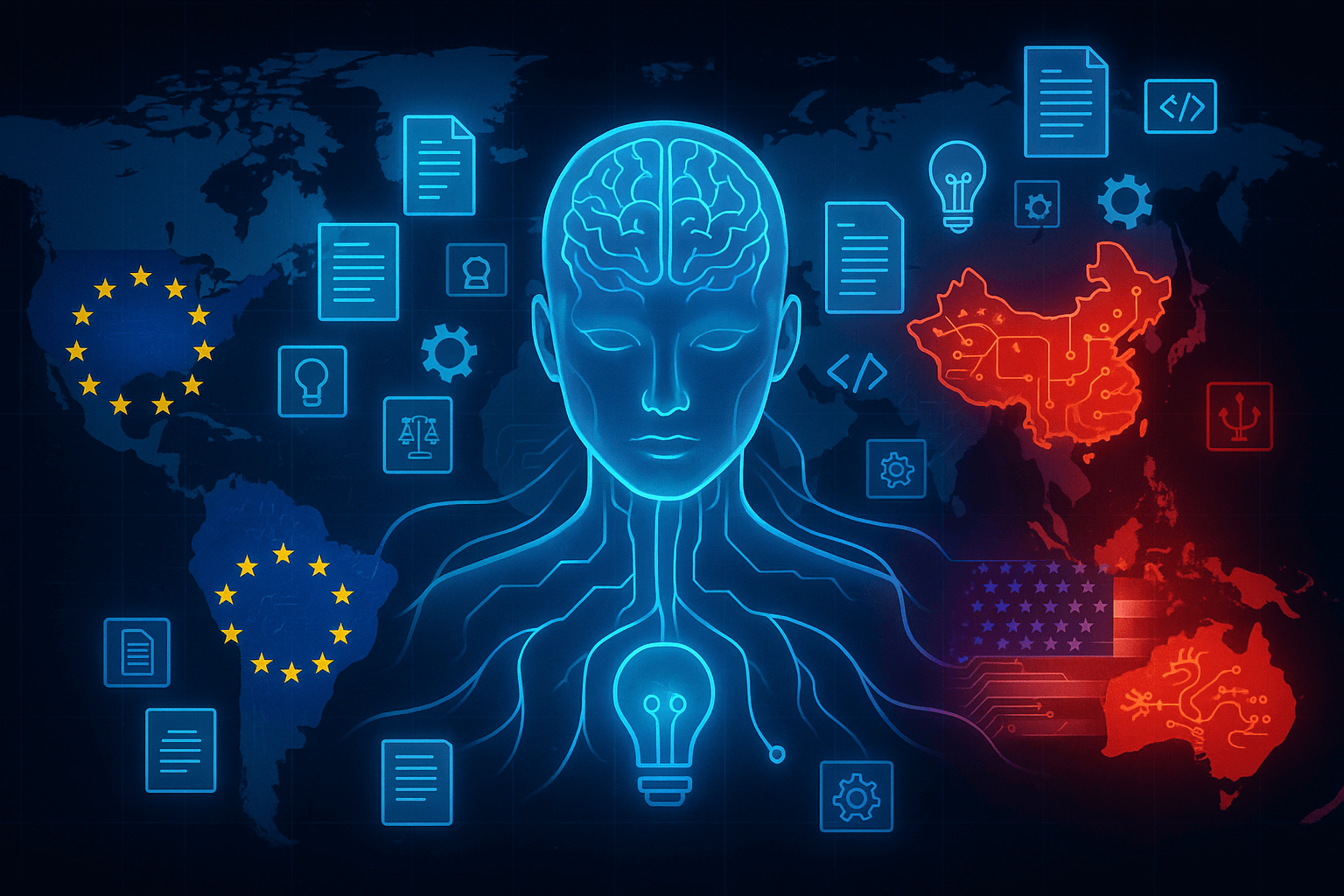
Is Open-Source AI Facing Extinction? Exploring the Battle for Control in a Closed Model World
Estimated Reading Time: 4 minutes
Key Takeaways
- Open-source AI may be under threat as closed models dominate due to security and monetization concerns.
- Despite challenges, the spirit of open-source AI advocates transparency and community-driven development.
- The future may hinge on regulatory decisions and the tech community’s push for openness.
Table of Contents
- The Open-Source AI Dream: Freedom or Fantasy?
- The Rise of the Fortress: Why Companies are Closing AI
- What We Lose If Open-Source AI Dies
- Why Open Doesn’t Have to Mean Unsafe
- The New Battle Lines: What’s Next for AI Openness?
- The Verdict: A Test for the Tech Era
The Open-Source AI Dream: Freedom or Fantasy?
The open-source AI movement has always been more than just code. At its core is a radical idea: anyone can access, use, and improve powerful AI systems. This isn’t just altruism—it sparks faster progress and safer technology through transparent peer review and collective innovation. Companies like Stability AI lifted the curtain with models like Stable Diffusion, proving that world-class tools don’t have to live behind a paywall.
But in 2024, is that vision fading? Insiders warn of a mounting battle where open-source ideals are running headfirst into the cold realities (and colossal budgets) of closed-model corporations. According to Daivik Goel’s analysis, “Open source AI is competing not just in the realm of ideas, but against commercial behemoths with resources to train and tune models on data sets that are orders of magnitude larger.”
The Rise of the Fortress: Why Companies are Closing AI
- Cost & Complexity: Training next-generation models like GPT-4 or Gemini costs hundreds of millions, demanding datasets and infrastructure only giants like OpenAI, Google, and Anthropic can afford.
- Security Concerns: Some fear that open code could be “weaponized,” spawning deepfakes, automated scams, or worse. Closed models promise to minimize misuse—but at what price? Inside the Algorithmic Black Box: Why Explainable AI is a Legal Necessity in 2025
- IP & Monetization: With AI gold rush in full swing, controlling the core tech means cornering the market. For companies eyeing trillion-dollar valuations, sharing isn’t just risky—it’s bad business.
OpenAI itself—a company that started with a benign “open” mission—now licenses code and limits model releases. Sam Altman bluntly stated, “It is not clear to me how to make it safe and open at the same time,” reflecting the tension between security and accessibility (Daivik Goel).
What We Lose If Open-Source AI Dies
- Stalled Innovation: When only a select few own the algorithms, grassroots experimentation dries up—and so could the next big breakthrough.
- Lack of Accountability: Black-box models leave little room for auditing, bias detection, or ethical redress. Why Retrieval-Augmented Generation Is Quietly Disrupting Enterprise AI and What It Means for Your Business
- Wider Inequality: Closed systems could deepen the digital divide, leaving smaller ventures and entire nations locked out of the AI toolkit.
As Goel notes, “Democratized access enables scrutiny, fosters trust, and speeds up innovation—a win for society, not just shareholders” (source).
Why Open Doesn’t Have to Mean Unsafe
Are open-source models really a “ticking time bomb”? That narrative is being challenged from the ground up. Proponents argue:
- Transparency is a powerful defense: Security researchers can spot threats faster in public code. AI Regulation in 2025: How Global Policy Divergence Is Shaping the Future of Tech Innovation
- Community-driven models can be just as robust—think of Linux or Mozilla taking on industry giants. How Autonomous AI Agents Are Quietly Reinventing the Digital Workforce—And What That Means for Your Business
- Collaboration across borders and expertise outpaces what closed teams can muster.
The New Battle Lines: What’s Next for AI Openness?
This isn’t just a technical debate. The future of open-source AI will be shaped by:
- Regulation: Governments eyeing AI safety could tilt the table toward closed or open models.
- Grassroots Movements: Projects like Hugging Face and EleutherAI are doubling down on open innovation, hoping to prove that a thousand minds beat one closed fortress.
- Market Demand: If end users and developers clamor for transparency and trust, even the biggest players may be forced to rethink.
The Verdict: A Test for the Tech Era
The next chapter of AI is about more than code. It’s about power, responsibility, and whether a technology that could shape everything—from medicine to democracy—is built for the few, or for all.
We’re at a fork in the road. The decisions made this year could define who gets to ride the AI wave—and who gets left behind.
Are we witnessing the end of open-source AI, or can the movement out-innovate the walls closing in? What side of history will you be on? Join the conversation below, or check out the original analysis by Daivik Goel for deeper insight. The future is still up for grabs.


1 Comment
AI Whisper Networks Redefine Startup Power and Influence - NextModlabs
May 13, 2025[…] A milestone moment? OpenAI’s recent open-sourcing of Whisper, a neural network that approaches human-level accuracy on English speech recognition. While launched as a tool for robust, wide-reaching speech processing, its effects run deeper: Whisper has slashed the barrier to real-time, private, multi-lingual communication and enabled a new breed of AI-driven information sharing. https://nextmodlabs.com/open-source-ai-extinction-battle/ […]